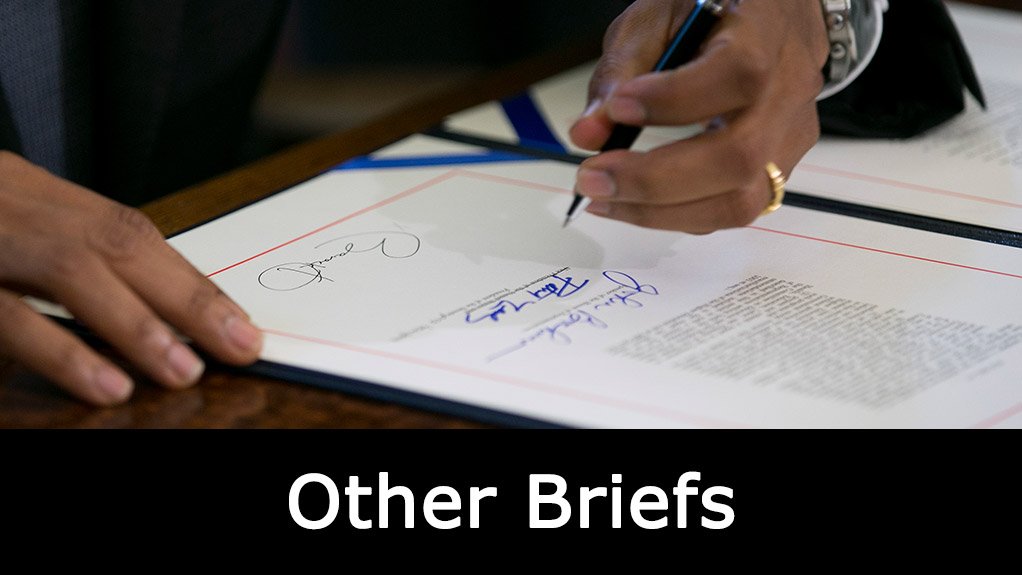Navigating the ever-changing landscape of CCMA Settlement Agreements
The primary function of the CCMA is to embark on consensus-seeking processes to resolve labour disputes. This is achieved by the assigned commissioner engaging with the parties, establishing the issues in dispute, and then attempting to resolve those issues.
Should the parties successfully resolve the dispute, the commissioner will provide a “settlement agreement” template and record the settlement terms. Once signed, the parties will be required to perform in terms of the agreement, and the matter will be resolved. Or will it?
Over the last few years, the CCMA has made numerous subtle amendments to the agreement template. The result of these changes is that parties may be under the impression that they are resolving disputes which are not being resolved.
Employers frequently believe they are concluding full and final settlements with employees at the CCMA to resolve all existing and potential disputes. This, however, is not the default.
Whereas previous versions of the CCMA settlement agreement preamble include a “full and final” settlement provision, where the agreement is a settlement of the dispute, usually a dismissal dispute, and a settlement of any potential statutory money claim, the latest version is not as straightforward.
The latest version of the agreement contains the following clause:
“This agreement is in full and final settlement of the dispute referred to the CCMA as well as in full settlement of all statutory payments due to the applicant as reflected in paragraph 5 of this agreement (where no statutory payments are due and owing to the applicant it shall be specified at paragraph 6 of the agreement)”.
This new paragraph expressly requires the settlement of potential statutory money claims to be dealt with in two additional clauses of the agreement.
Clause 5 of the agreement requires the settlement of any statutory payment to be specified. For example, parties conclude a settlement agreement whereby the employment relationship will terminate on a specified date, and the employer will pay the employee an amount of R 5000.00. The parties acknowledge that the R 5000.00 payment includes leave pay owing to the employee in the amount of R 2000.00 and the balance being an ex-gratia payment. In clause 5, the leave pay must be highlighted, and R 2000.00 must be specified in the leave pay column.
Failure to do this may result in the employee being able to refer to a later dispute and claim the R 2000.00 leave pay.
The preamble of the agreement further refers to clause 6 of the agreement. Clause 6 now requires the parties to specify if no statutory money is owed to the employee. Commissioners tend to delete this section without canvassing the issue with parties. Suppose there is no statutory money due to the employee or the monetary sum being paid, including the settlement of all statutory payments. In that case, this should be noted in clause 6 of the agreement.
Parties still have the option to specify that the agreement is in full and final settlement of all potential disputes in the open section of clause 7. However, this may leave the issue open to interpretation and the employee claiming that he was not adequately informed of his rights. As such, utilising the correct clauses explicitly included for dealing with this issue is advisable.
Written by Stephen Kirsten, Provincial Manager at Consolidated Employers Organisation (CEO SA)
EMAIL THIS ARTICLE SAVE THIS ARTICLE ARTICLE ENQUIRY
To subscribe email subscriptions@creamermedia.co.za or click here
To advertise email advertising@creamermedia.co.za or click here











